1,576 days, 2,409 entries ...
Newsticker, link list, time machine: HOLO.mg/stream logs emerging trajectories in art, science, technology, and culture––every day
September 2022
“Despite all the self-mythologizing and talk of building, the men in these text messages appear mercurial, disorganized, and incapable of solving the kind of societal problems they think they can.”
Meriem Bennani and Orian Barki’s animated series 2 Lizards (2020) opens as an installation at The Whitney. In it, two anthropomorphized CGI lizards channel the artists’ experience of the COVID-19 pandemic unfolding in New York City, “a city gripped by extended isolation, and cries for social justice reform.” Originally released in eight episodes on Bennani’s Instagram, the Whitney show is 2 Lizards’s first institutional screening as a narrative film.
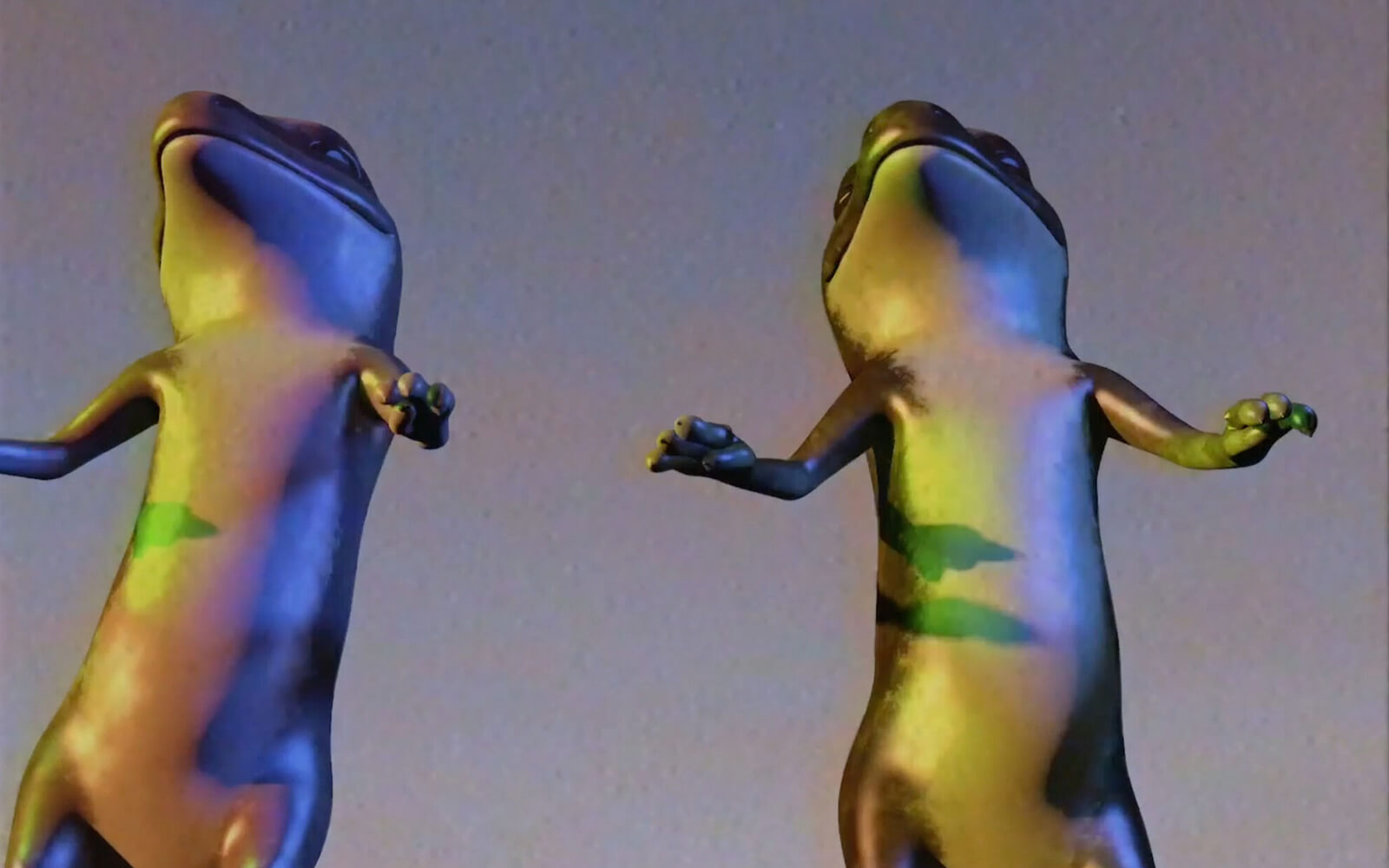
“Metrics are dark pattern trash, responsible for amping up much of what’s toxic around here. Rest assured, if they release it to all, I’ll hide it with my Demetricator.”
Buozyte & Samper (dirs.)
Vesper
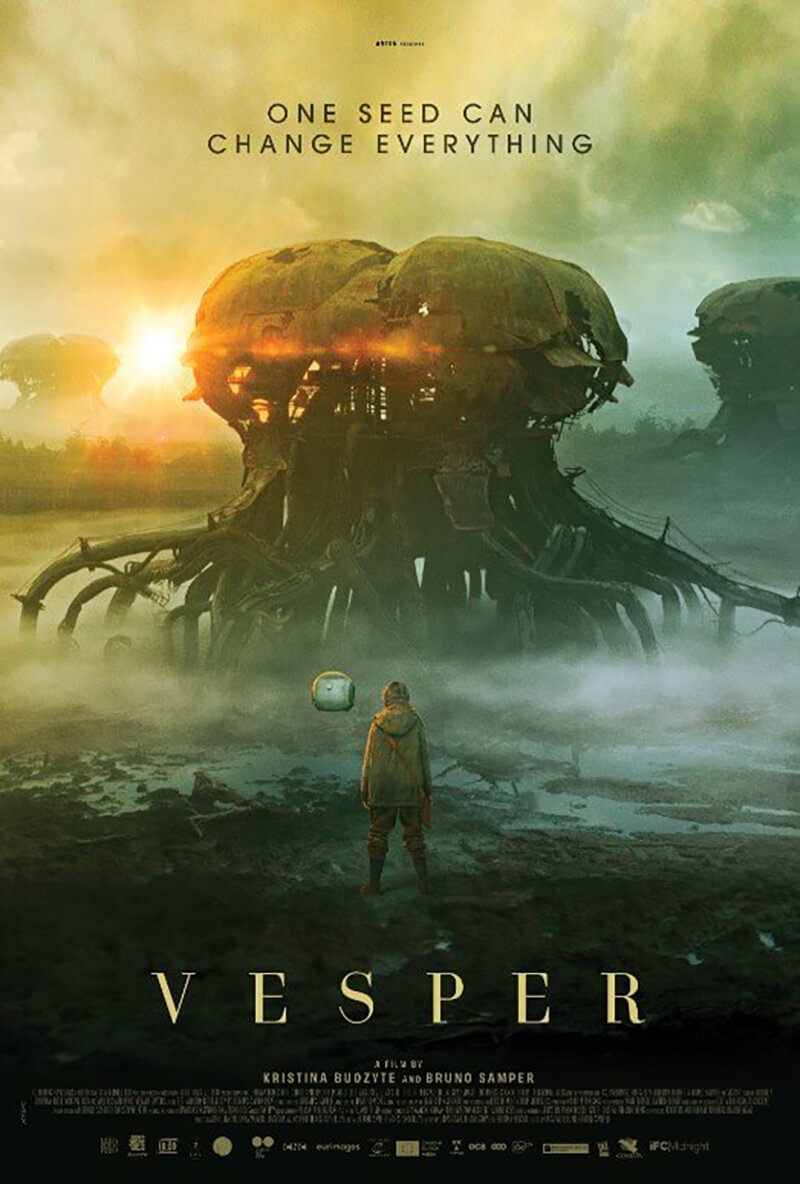
Maarten Vanden Eynde Encapsulates Human Fallibility for the Ages
The Belgian artist provides insight on his current solo show, grappling with history, and ‘skipping the apocalypse’
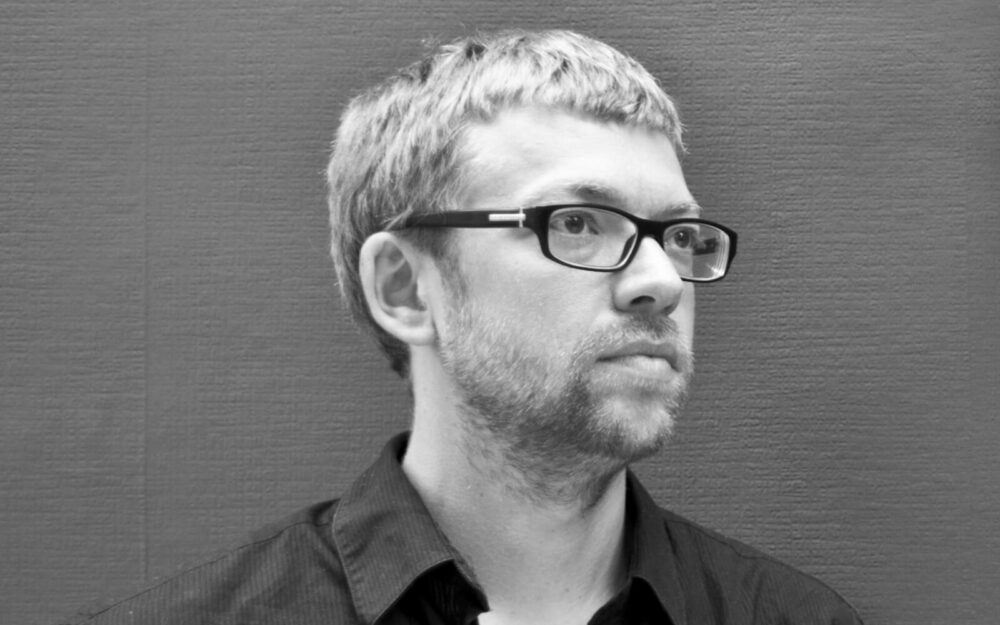
“The AI system renders all text as gibberish, but then again Jenny Holzer’s text nowadays is becoming harder and harder to read.”
“Distant Early Warnings,” the 2022 Gray Area Festival exhibition, opens in San Francisco. A Gray Area-McLuhan Institute collaboration, the Wade Wallerstein-curated show riffs on media theorist Marshall McLuhan’s Cold War-era claim that artists are culture’s distant early warning system. Artists contributing ‘early warnings’ include Tega Brain & Sam Lavigne (image: Synthetic Messenger, 2021), Paige Emery, Huntrezz, and Alice Yuan Zhang.
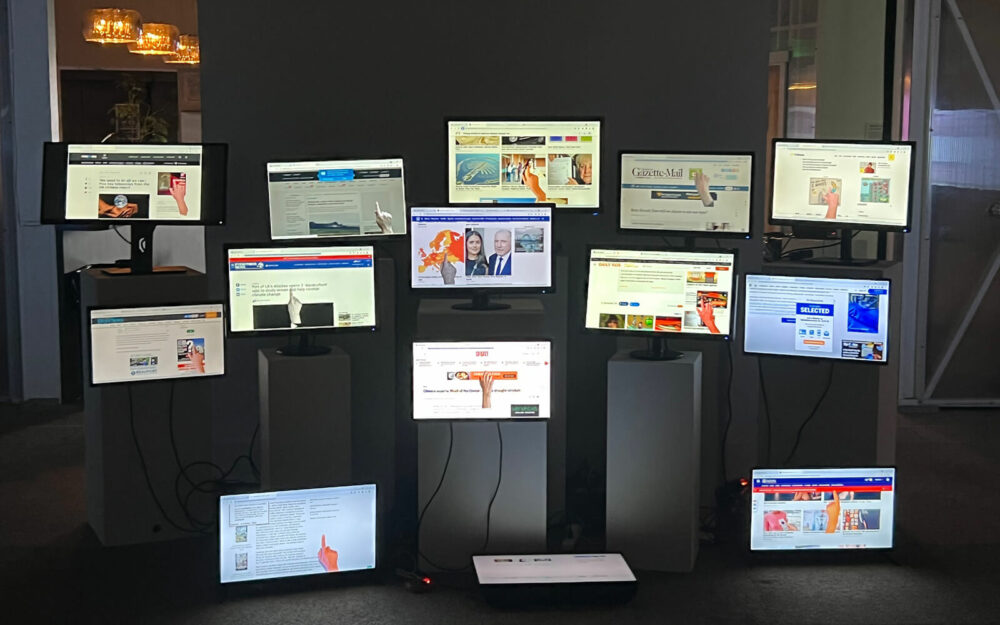
“Imitation is the sincerest form of flattery, says Oscar Wilde. Does that count for AI models that create music in the style of Chopin?”
After its recent site-specific debut at Tieranatomisches Theater, Berlin, the online component of Rachel Rossin’s transmedia narrative THE MAW OF (2022) launches on Artport, the Whitney Museum’s portal for internet art. Co-commissioned by Berlin’s KW Institute, the Web and AR experience follows a ghostly female figure navigating a landscape of cyborgian codes and prosthetic symbolism that is directly inspired by Rossin’s research into brain-computer interfaces.
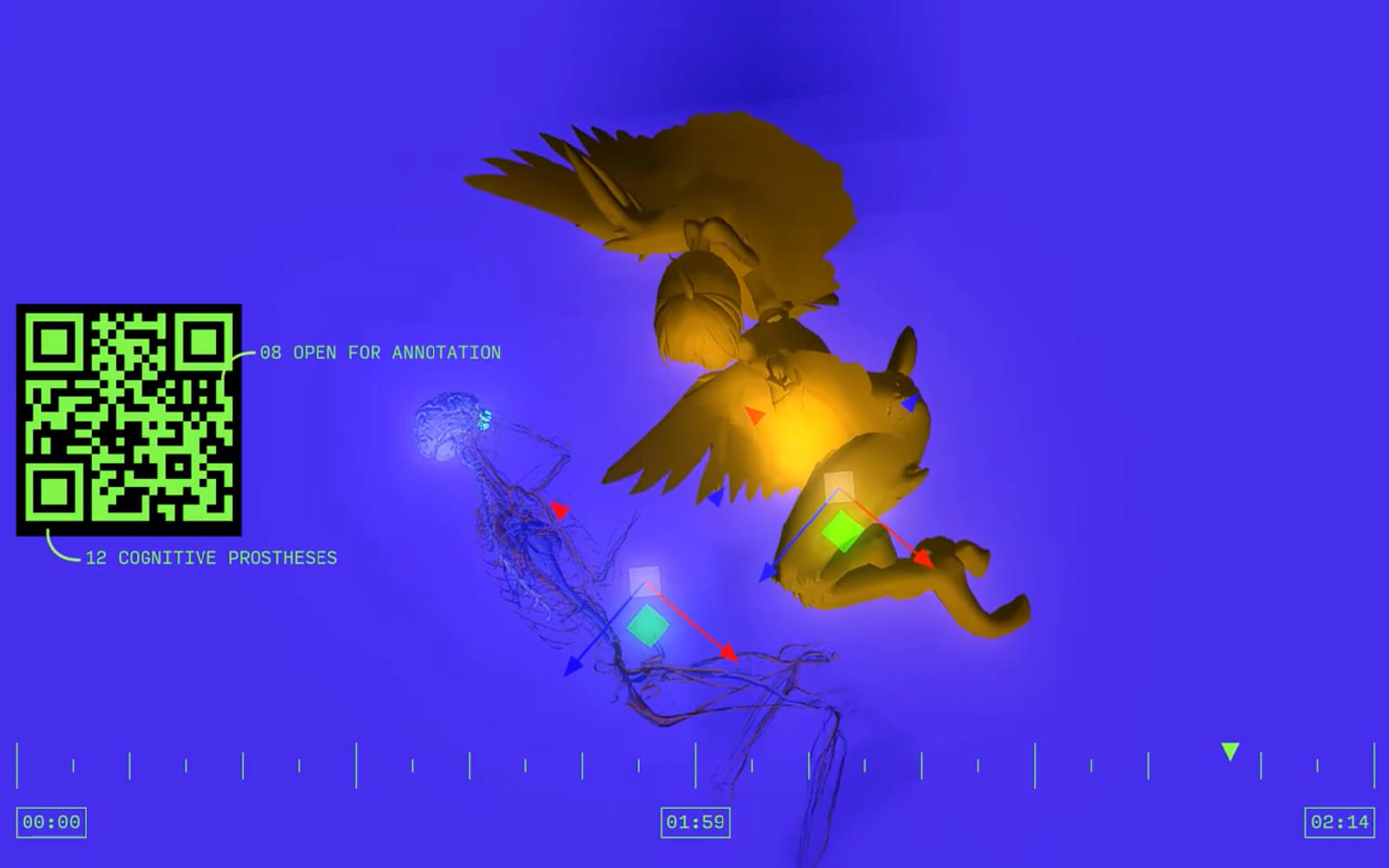
“When people feel they are not being heard, they may resort to different measures to get their message across. In the case of programmers, they have the unique ability to protest through their code.”
Vitalik Buterin
Proof of Stake
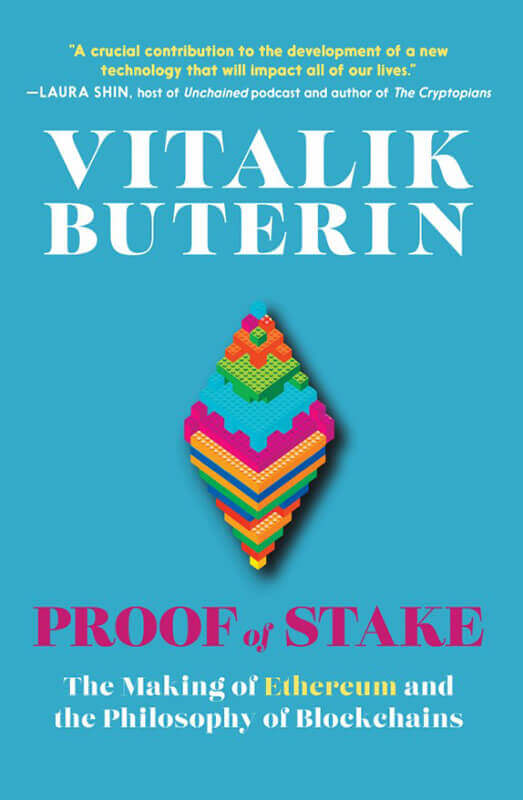
QQQ, an NFT project by generative artist Tyler Hobbs and Web3 developer Dandelion Wist Mané that fosters “unpredictability and happenstance over forced rarity” launches. Innovating on NFT minting and market mechanics on two fronts, the American duo open up Hobbs’ algorithm for anyone to tweak via a custom web-based GUI, and instead of collectors purchasing—sight unseen—randomized mints they buy ‘mint passes’ to get the ability to save their custom designs to the blockchain for posterity.
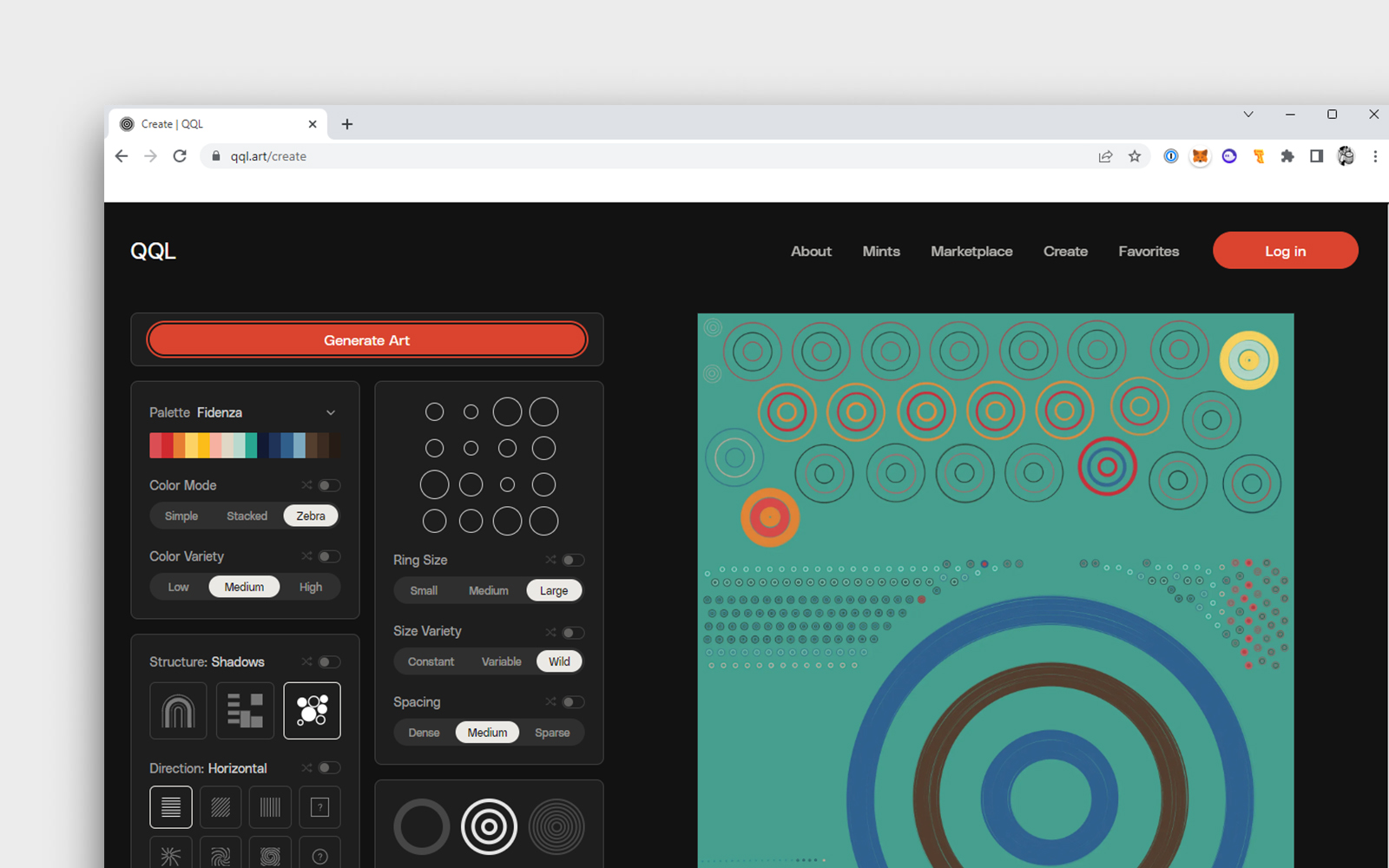
NASA’s Double Asteroid Redirection Test (DART) successfully impacts its target, demonstrating the potential for future asteroid deflection and planetary defence. After ten months of flying in space, NASA’s spacecraft crashed directly into Dimorphos, a 160 metre moonlet orbiting the larger asteroid Didymos. More than a feat of precise guidance and navigation, the test was “a mission of unity with a real benefit for all humanity,” says NASA Administrator Bill Nelson.
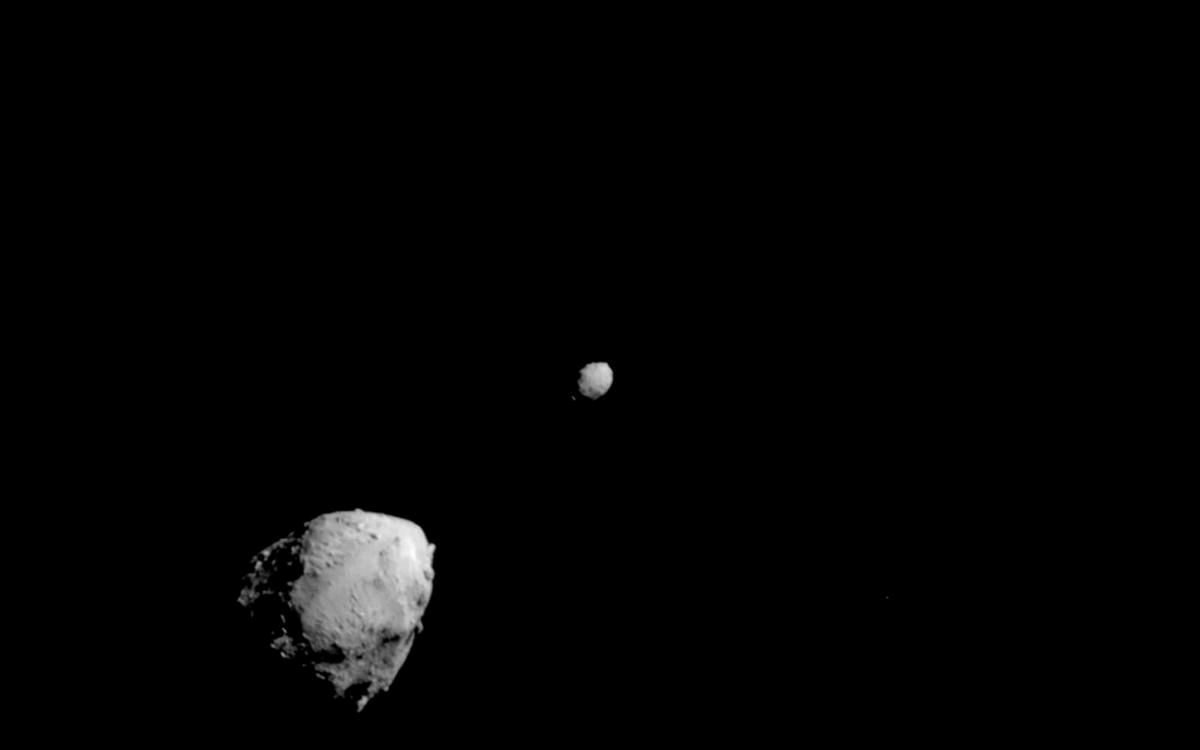
“Spiders have been on this planet for almost 280 million years, we humans only for 300,000. With this Open Letter for Invertebrate Rights, we say: ‘Spiders have a right to go to the museum, too.’”
“Systems of Belief,” a group show that dives deep into artistic worldbuilding, opens at HALLE FÜR KUNST Steiermark in Graz, Austria. Intriguingly, it puts works by late artists like Storm de Hirsch, Paul Laffoley, and Lee Scratch Perry in conversation with young(er) artists including Irina Lotarevich and Harm van den Dorpel. The latter contributes Markov’s Dream (2022, image), a generative NFT subdivision study (based on a 2004 work) inspired by the Russian mathematician.
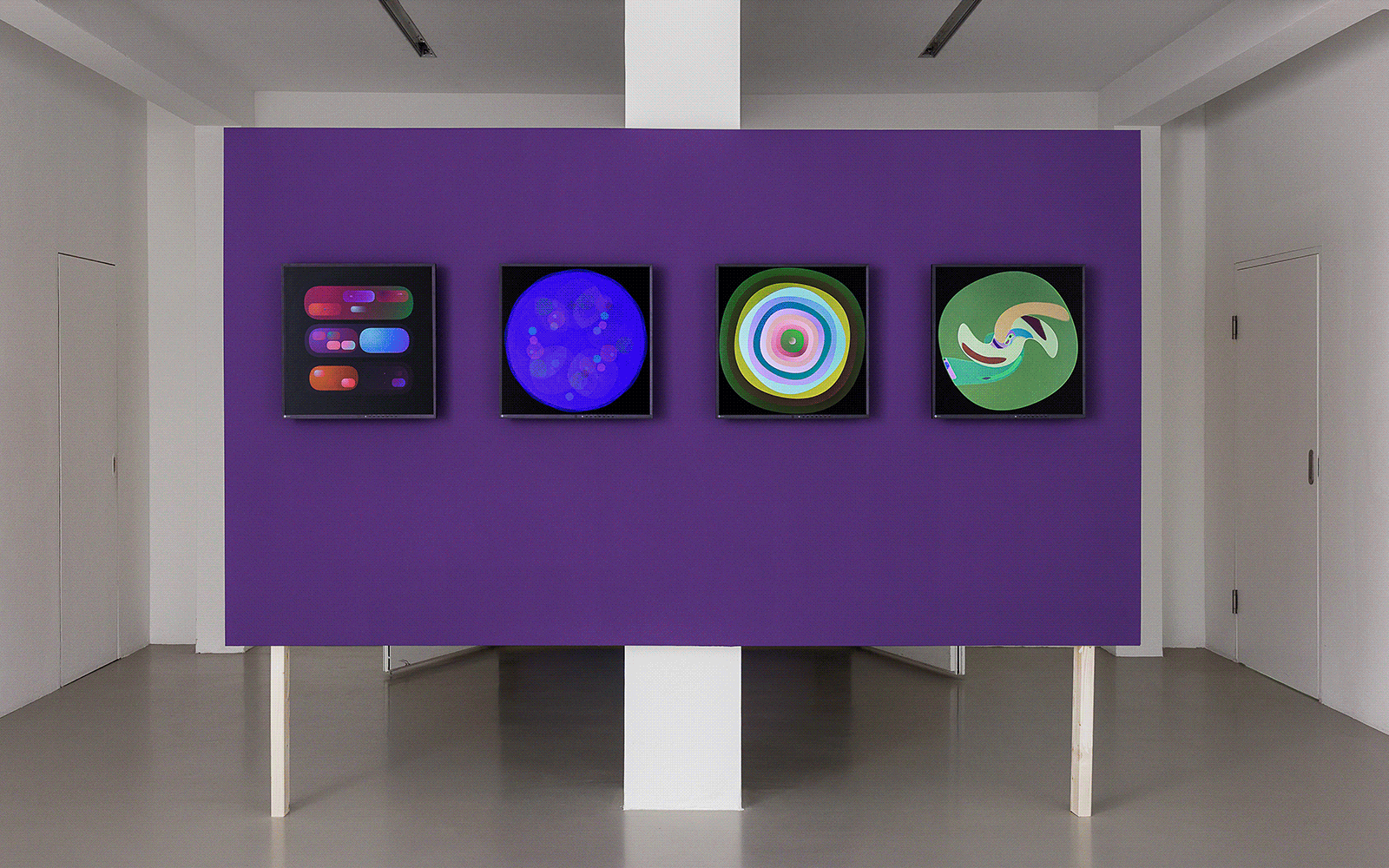
Taipei’s Taiwan Contemporary Culture Lab (C-LAB) opens “The Unrestricted Society,” a group show probing the freedoms brought about by modern technology. Curator Chuang Wei-Tzu gathers works by Memo Akten, Paolo Cirio, Cheng Hsien-Yu, Theresa Schubert, Chang Yung-Ta and others that investigate agency in the age of mass surveillance. Kyriaki Goni’s CGI narrative Not Allowed for Algorithmic Audiences (2021, image), for example, features a smart assistant bent on reconciling humans and machines.
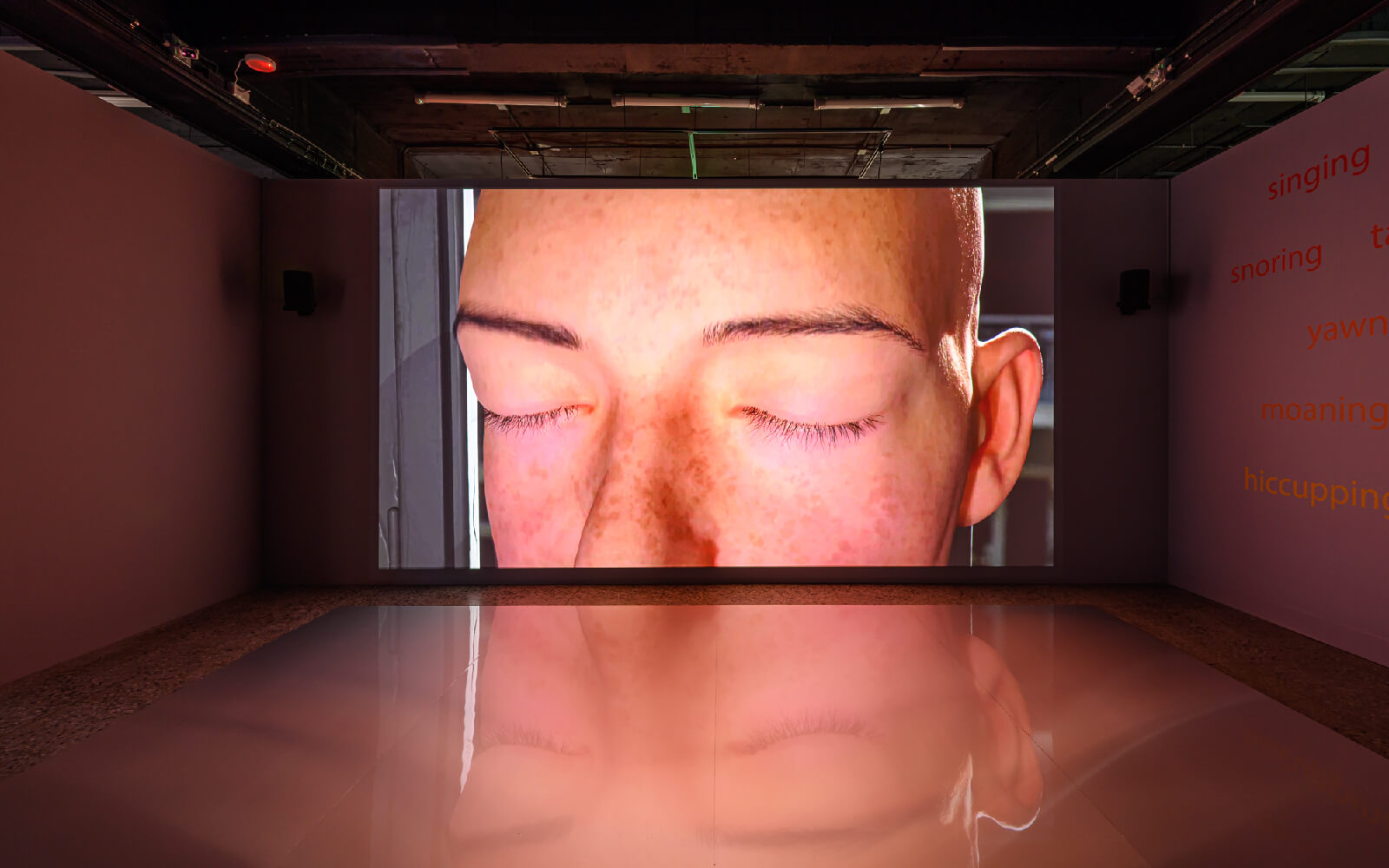
“You don’t break into someone’s house to show them you can break into their house. You shouldn’t do it unless they ask you to.”
“Refined Vision,” an exhibition in which Kuwaiti artist Monira Al Qadir draws parallels between Texas Gulf Coast and Persian Gulf region petro-cultures, opens at the Blaffer Art Museum in Houston. Featured works include Crude Eye (2022, image), a new single-channel video piece on landscapes and infrastructures of extraction, and Spectrum (2016), a series of 3D-printed sculptural forms that abstract the ‘alien’ aesthetics of (ornate) oil and gas drill bits.
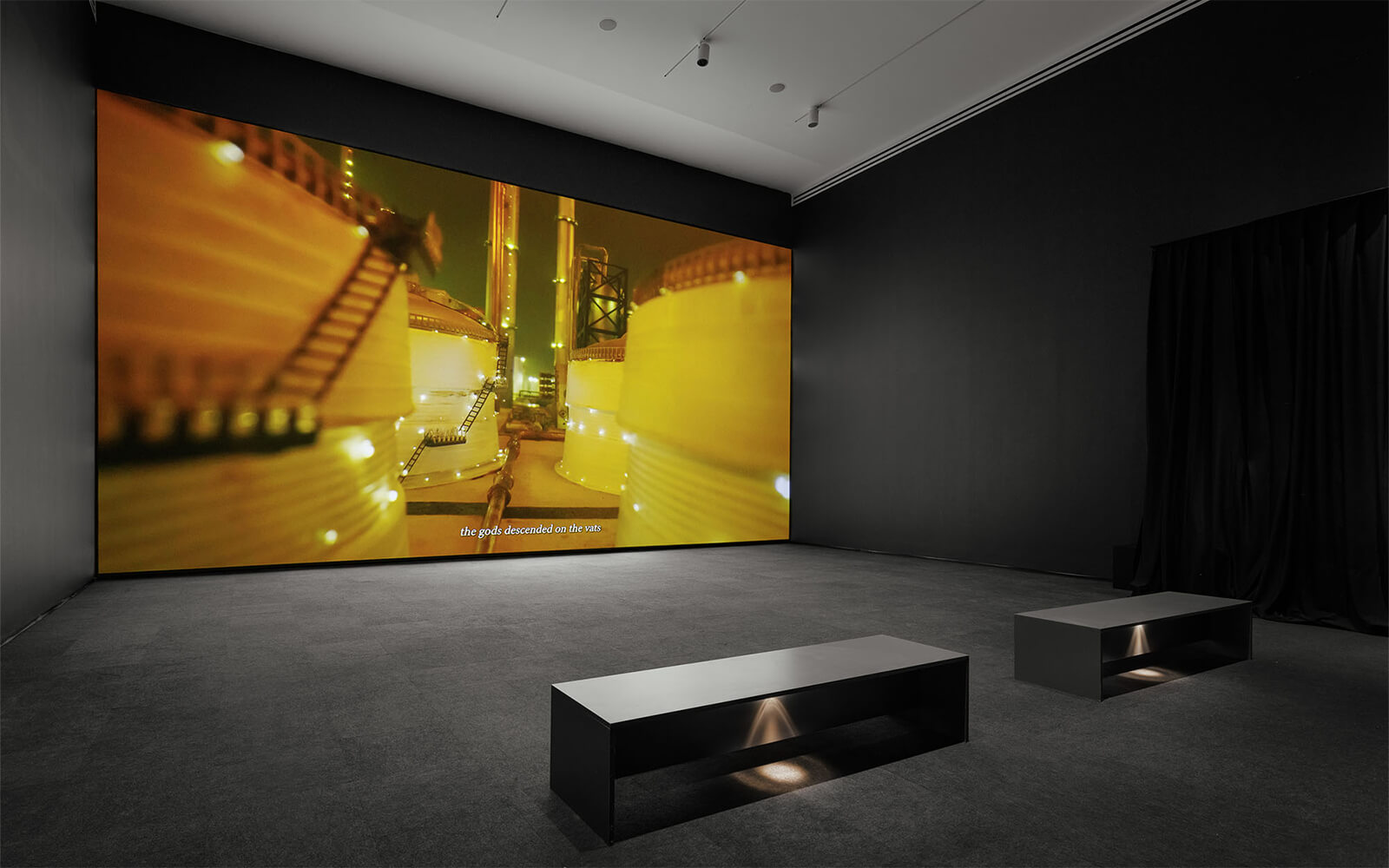
Daily discoveries at the nexus of art, science, technology, and culture: Get full access by becoming a HOLO Reader!
- Perspective: research, long-form analysis, and critical commentary
- Encounters: in-depth artist profiles and studio visits of pioneers and key innovators
- Stream: a timeline and news archive with 1,200+ entries and counting
- Edition: HOLO’s annual collector’s edition that captures the calendar year in print
